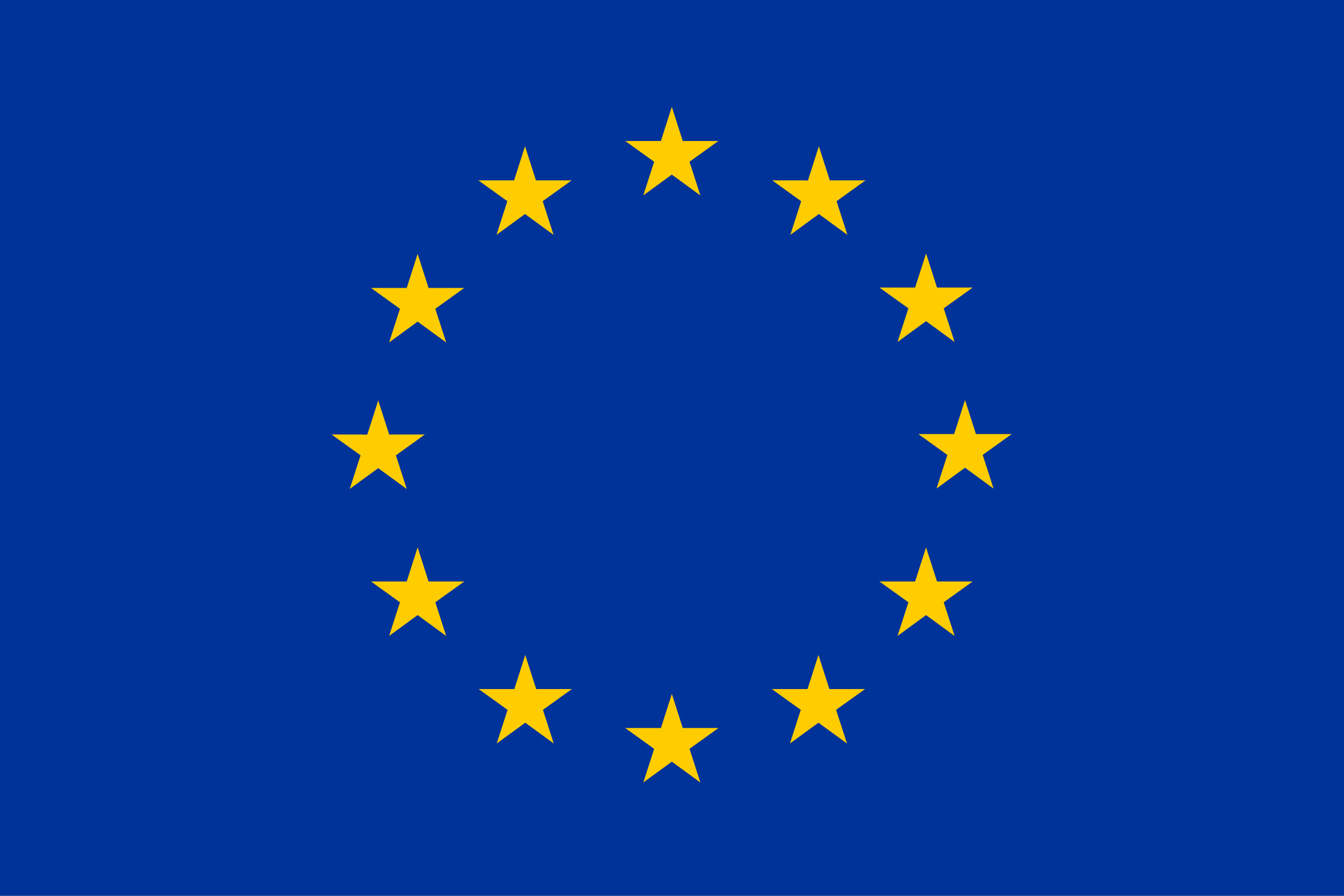No edit summary |
No edit summary |
||
| Line 31: | Line 31: | ||
=Baltic Sea= | =Baltic Sea= | ||
Country Yellow has . | Country Yellow has a relatively small marine presence in the Baltic Sea region geographically speaking. Geopolitically it's a slightly different story, as the country borders westerly oriented countries to the west, and easterly oriented countries to the east. The country itself can be characterised as more westerly oriented. In recent, modern history, the country was politically very dynamic. Still, over the past decades, arguably thanks to its new international alliances, it has become more and more economically prosperous. In the western part, the country's sea area is relatively tranquil and well-protected, while to the east the country's sea area is busy with commercial shipping and related industries. | ||
The | |||
The country's government wants to strengthen and safeguard the shipping industry, stimulate (marine) tourism, and develop some offshore renewable energy areas, in that order. While there are plenty of shallow waters at this country's disposal, they are relatively close to the coast. The government is concerned about what its own population as well as tourists will think of being able to see wind farms from the coast. New developments are interesting, as long as they are not in the way of the well-established, important sectors. | |||
Consequently, the government is looking for a scenario where current shipping interests in the sea area are fully met, more bathing and boating areas combined with protected areas are developed in the west, and a decent surface area is found for some offshore wind farms using current, conventional technologies. Collaborations with neighbouring countries should be sought after when they make sense, in which case the government will first look to the west. | |||
More internationally, the country needs to be mindful of its geographical position between the west and east, combined with its geopolitical position in the west. The government is not looking for political conflicts, but it expects they might come from mostly from the east. Either way, the government will neither run away from a conflict, nor avoid it at any cost. As the country is a full and relatively happy member of both the EU and NATO, keeping these friends close remains important to this country. | |||
<headertabs/> | <headertabs/> | ||
Revision as of 10:51, 16 June 2023
This page was last edited on 16 June 2023, at 10:51. Content is available under GPLv3 unless otherwise noted.
 Co-funded by the European Union.
Co-funded by the European Union.